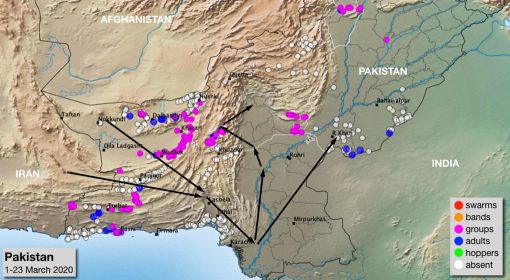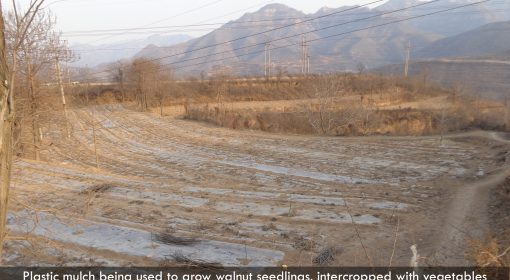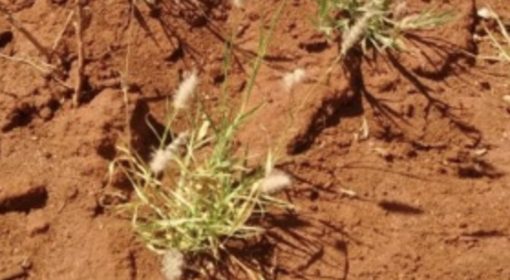Posted by Frank van Steenbergen
July 04, 2013
This may not be the first thing that comes to mind, but farm equipment has a large role to play in a safer water future.
As rural populations in many countries stagnate and young people move out, there is a growing need for small-scale mechanization especially in the poorest parts of the world, to keep up with the demand for food, fiber and intensified production. Also, new farm equipment will be required to support new co-optimized farming operations: from special tillers that help build up productive soil profiles within short periods of time; to a future of robots working in productive multiple-cropping farms. Integrated farming systems with farm equipment tailored to the agronomy at hand are another important breakthrough.
Pathbreaking research has been done by the team of Wang Juanling of the Dry Land Farming Centre of the Shanxi Agricultural Academy in China. The main contention is that many of the measures to maximize the use of soil moisture in dry land farming are time-consuming and laborious. Traditional methods such as mulching, leveling and harrowing are very important to get more out of ‘green water’ – but they too demand much labor and this becomes a constraint with an aging rural population. Moreover, there are other improved methods to further increase the water productivity of dry land farming beyond what is traditionally done by hand.

Take for instance the cultivation of wheat – to make maximum use of the water availability a ridge of 12-14.centimeter height and 30 centimer wide is proposed with four dense planting lines of wheat (see picture). The dense planting ensures a dense canopy of leaves and reduces soil evaporation. The ridge covered with plastic mulch ensures in-field water harvesting and also reduces moisture loss. Yield increases by 15% with the practice of having two wheat rows wedged between strips of plastic mulch, and by even more as compared to more traditional methods.
Incorporating the improved methods requires a level of intense labor and precision that is difficult to achieve without the help of tractors with special mounted equipment.

Another example is a multi-functional corn-seeder. This is capable of supplementing water, ridging, mulching, applying fertilizers, and sowing precisely. In the process of sowing, the tractor-mounted seeder achieves several agronomic drought-resistant and yield-increasing measures in one go, as there is
- supplementing of water during sowing from a water container that is part of the corn seeder
- mulching and moisture retention
- Plastic ridge mulching, ditch planting – leading to in-field water collection
- deep sowing and fertilizer application, boosting plant production
- dense planting for high yield technique
In other words, there is much to gain from better land operation – facilitated by mechanization. There is also no one-size-fits-all. Different crops and different agro-ecological regions have their own best practices. However, mechanization deserves a place the list of options that help grow more with less water.
{jcomments on}


